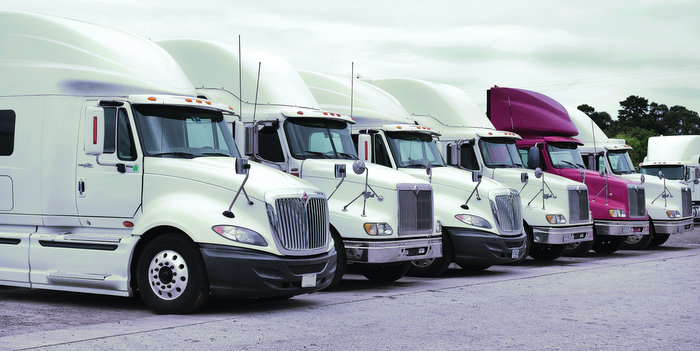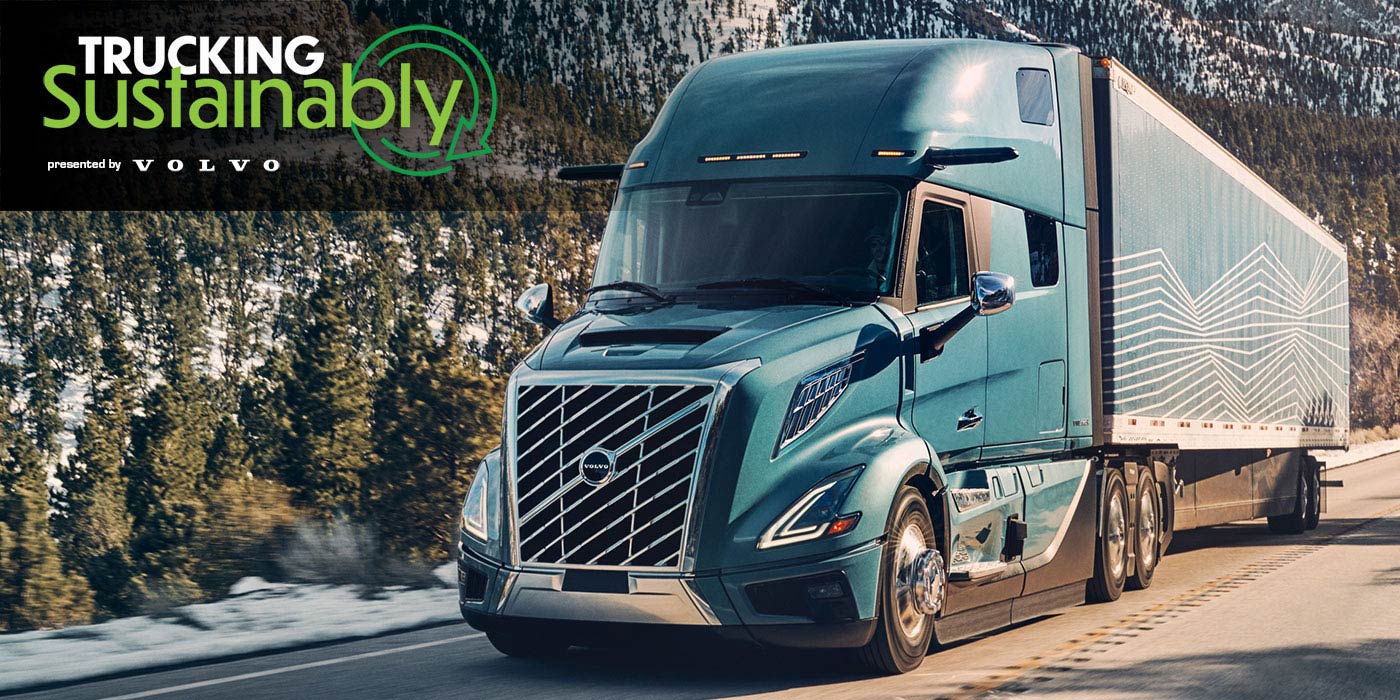At the Technology & Maintenance Council Annual Meeting and Transportation Technology Exhibition, the latest and greatest products were on display and many of them aimed at tackling a fleet manager’s biggest headache: Downtime. While efficiency is often one of the most talked about truck buzz word, there’s no gain in efficiency that can offset a truck that is not on the road because of unexpected maintenance and extended repair times at the dealer level.
Several fleets the Fleet Equipment team talked to at the show expressed frustration with the service side of downtime. Sure, fleets can work with their local dealers to ensure that their needs are met when the trucks are home, but out on the open road, working with network dealers that the fleet manager might not have a face-to-face relationship with, downtime can stretch into days.
It had at least one fleet questioning if they shouldn’t look into shorter truck life cycles to avoid unplanned maintenance issues.
“For years, fleet operators have attempted to rein-in overall costs using the logic that operating a truck until it becomes functionally obsolete will avoid incurring the replacement cost of a new truck; however, maintenance costs continue to escalate,” said Mike Spence, senior vice president of fleet services for Fleet Advantage, provider of fleet business analytics. “There is a moment in each truck’s lifecycle where it reaches a point of economic obsolescence –a ‘tipping point’ when the truck maintenance and fuel expenses are greater than the cost of replacing it with a new, more fuel efficient model that carries a new truck warranty and significantly reduces maintenance. Forward-thinking fleet operators are leveraging technology and data analytics to gain visibility into the total cost of ownership. It would not make proper business sense to replace vehicles prior to the point of obsolescence.”
The data points driving the analysis of a truck’s economic “tipping point,” according to Fleet Advantage, are fuel degradation, maintenance and finance costs. As far as maintenance concerns, engine issues seem producing the largest costs.
Fleet Advantage reports that cost-per-mile on vehicles equipped with Pre-2007 and later engines has changed significantly as emission technology has developed. “Pre-2007 engines are the benchmark,” Spence said. “When comparing pre-2007 engines to 2007 emission vehicles, the cost has escalated significantly as the technology required to generate lower emissions required technologically enhanced systems, which increased equipment cost and added maintenance cost as well. Diesel particulate filters (DPFs) added complexity that was expensive to operate but at the same time significantly reduced emissions.”
As truck equipment continues its evolution, Spence proposed the idea of shortening up truck life cycles for operational savings.
“Companies across all industries are realizing the value of managing their fleet data and changing their philosophy to a three to four year life cycle from the historical seven to 10 years to take advantage of the year-over-year improvement in tractor MPG, as well as significant reductions in maintenance and repairs,” Spence explained. “Truck fleets that operate within a corporate culture favoring long-term ownership find it more difficult to have the capital to upgrade more frequently. By moving to a shorter equipment life cycle, fleets can realize a more flexible operating model that favors newer equipment.














